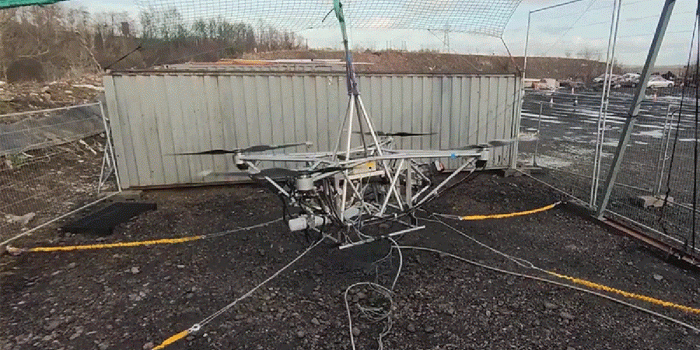If multicopters could use a greater fuel source like gasoline rather than limited lithium batteries, they would’ve been capable to hoist greater loads and stay airborne for extended periods of time. However, gas engines, with their strange, peaky torque curves, aren’t nearly quick enough just to keep a multirotor stable in the context of increasingly shifting wind conditions. We’ve seen a variety of approaches to this – one noteworthy concept from many decades ago suggested operating both electric and combustion locomotives together, straightforwardly on each drive shaft, with the gasoline engine providing more or less continuous power and the electric vehicles kicking in when elevated adjustments were required.
With the very short response times required to alter a drone in flight, these pumps can transmit and regulate hydraulic flow between a number of different outputs using graphical interfaces. Each hydraulic motor can provide up to 96 kW (129 hp) of power while weighing only 5.5 kg (12 lb) and costing less than $1,000. “No electric comes nearly close,” according to Flowcopter.

The cost of the Digital Displacement pump, diesel engine, and fuel tank may be substantial, but gasoline provides so much more useful energy per kilogram than lithium that the advantages will exceed the disadvantages in Flowcopter’s calculations. From a straight-up multicopter with no efficient winged flying mode, the business guarantees the durability of up to 6 hours on a tank of gas and endurance of up to 900 km (560 miles). For the whole six hours, it will rely only on propeller power. For shorter trips, weights will be up to 150 kg.

Flowcopter has manufactured a very crude-looking prototype – no expensive fiberglass-reinforced here, guys, just a welded metal frame – and has been doing tethered flight tests. It’s a bit unsteady, as you’ll see above, but it flies, which is an incredible feat for the world’s first hydraulic hybrid multicopter. It will be fascinating to watch whether this technique becomes widely used.
The capacity to lift huge weights is one of the primary issues in multicopter usage. However, it appears that flowcopter, located in Scotland, has the remedy. The business is developing a heavy-lift drone to assist helicopter commanders in optimizing freight, surveying, and search and rescue missions. This initiative will use licensed gasoline engines to power digital displacing pumps intended for severe conditions, giving the necessary control capacity to fly.
Flowcopters can hoist greater cargo than electric drones and can fly for extended periods of time. It can be readily and securely serviced without specialized facilities since it is based on robust off-road automated vehicles that do not use voltage spikes.


